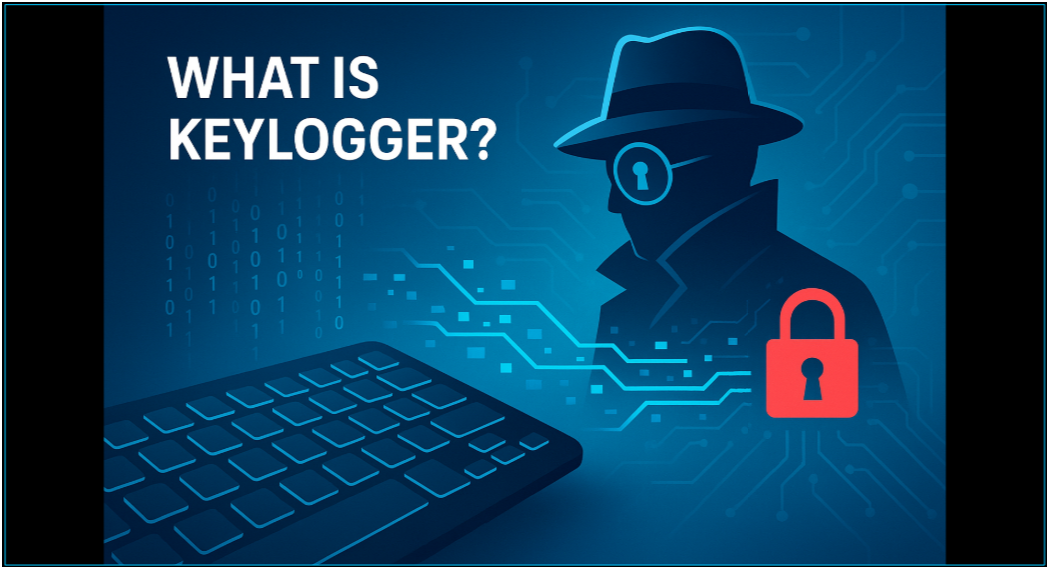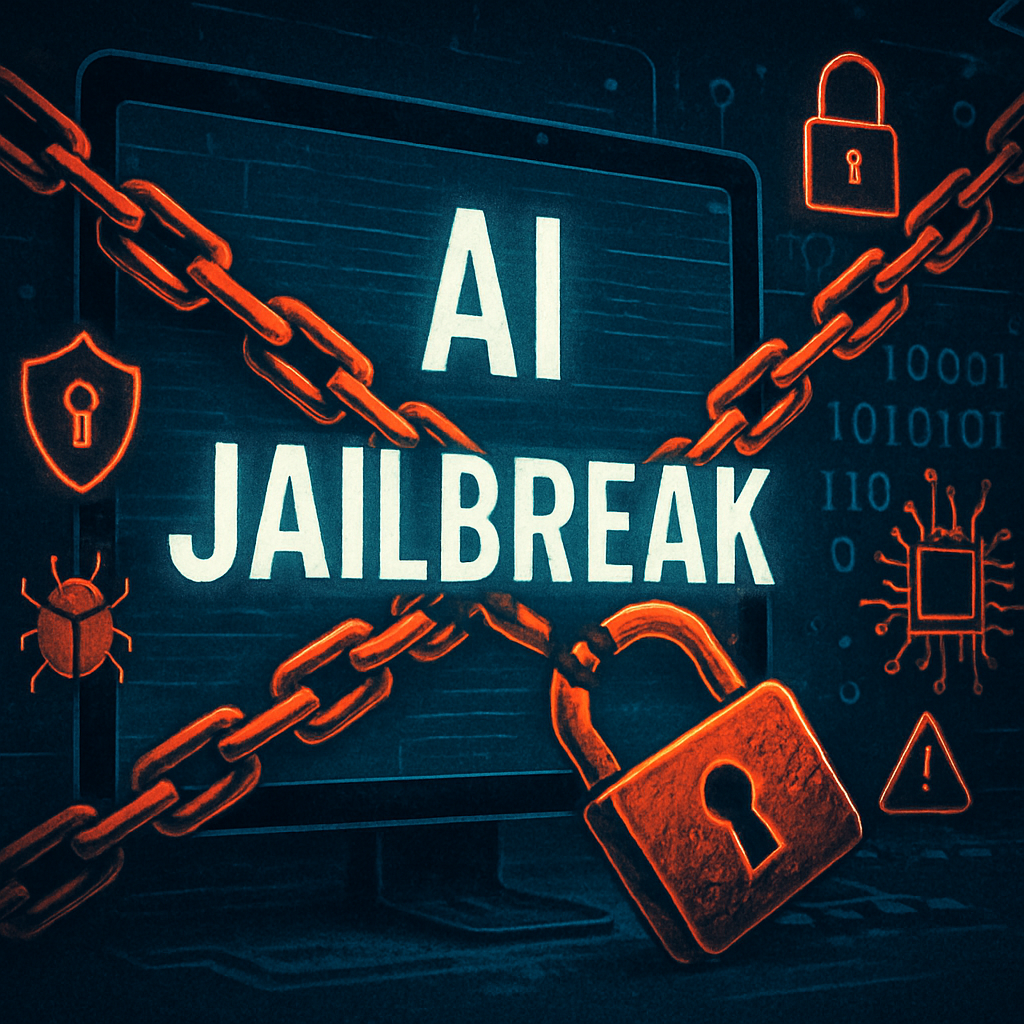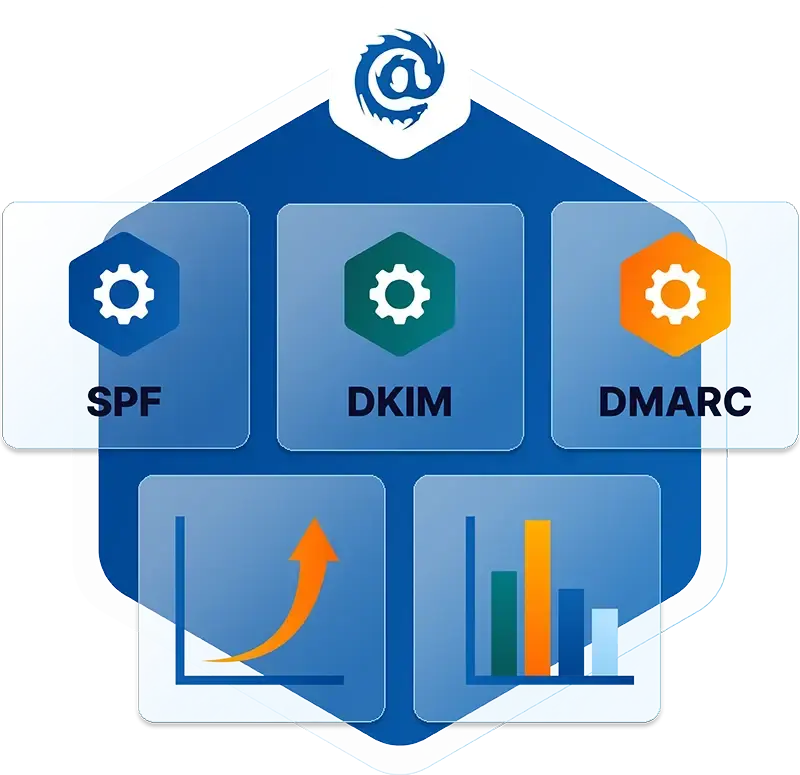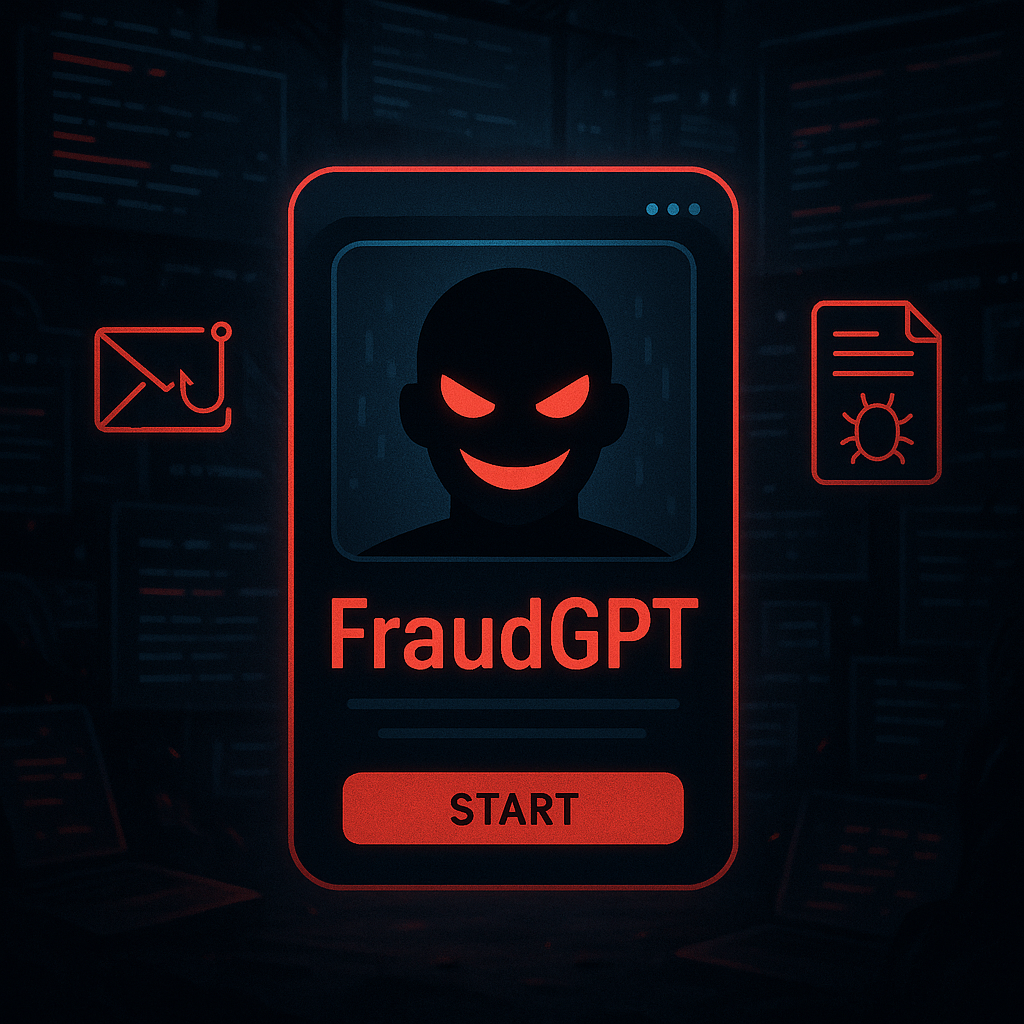Table of Contents
Security Information and Event Management (SIEM) is a technology that aids in threat detection, compliance, and security incident management by collecting, analyzing, and correlating security events and contextual data from various sources. SIEM solutions provide organizations with a centralized platform for monitoring and managing security-related activities across their entire IT infrastructure, including both on-premises and cloud environments. By aggregating and analyzing log event data, SIEM helps identify potential security threats, supports compliance requirements, and facilitates incident response.
How does a SIEM work?
At its core, SIEM performs data aggregation, consolidation, and sorting functions to identify security threats and ensure compliance. The key functionalities of SIEM solutions include:
-
Log Management: SIEM collects event data from diverse sources such as users, endpoints, applications, data sources, cloud workloads, networks, and security hardware/software. It analyzes this real-time data and correlates it with historical information.
-
Event Correlation and Analytics: SIEM employs advanced analytics to identify patterns and insights from the collected data. By correlating events, it helps detect potential threats and improves mean time to detect (MTTD) and mean time to respond (MTTR) for IT security teams.
-
Incident Monitoring and Security Alerts: SIEM provides a centralized dashboard for security teams to monitor activity, triage alerts, identify threats, and initiate response or remediation. Real-time data visualizations help spot suspicious activity, and predefined correlation rules trigger immediate alerts for proactive threat mitigation.
-
Compliance Management and Reporting: SIEM supports regulatory compliance by automating data collection, analysis, and reporting across the entire IT infrastructure. It generates real-time compliance reports for various standards, such as PCI-DSS, GDPR, HIPAA, and SOX, easing the burden of security management and early detection of potential violations.
What are the benefits of a SIEM?
Implementing a SIEM solution offers several benefits to organizations, regardless of their size. These benefits include:
-
Real-time Threat Recognition: SIEM enables centralized auditing and reporting, automating the collection and analysis of system logs and security events. This improves compliance reporting while reducing internal resource utilization.
-
AI-driven Automation: Next-generation SIEM solutions integrate with security orchestration, automation, and response (SOAR) systems. By leveraging machine learning, they handle complex threat identification and incident response protocols more efficiently than manual processes, saving time and resources.
-
Improved Organizational Efficiency: SIEM provides better visibility into IT environments, fostering interdepartmental collaboration and efficiency. A unified dashboard allows teams to communicate and respond effectively to threats and security incidents.
-
Detecting Advanced and Unknown Threats: SIEM solutions leverage integrated threat intelligence feeds and AI technology to identify and respond to both known and unknown security threats. This helps mitigate risks from insider threats, phishing attacks, ransomware, DDoS attacks, and data exfiltration.
-
Conducting Forensic Investigations: SIEM solutions facilitate efficient computer forensic investigations after security incidents occur. By collecting and analyzing log data from all digital assets in one place, organizations can investigate suspicious activity, recreate past incidents, and enhance security processes.
-
Assessing and Reporting on Compliance: SIEM simplifies compliance auditing and reporting by providing real-time audits and on-demand reporting for regulatory standards. It reduces the resources required for managing compliance tasks and ensures organizations meet their compliance requirements.
-
Monitoring Users and Applications: With the rise of remote workforces, SaaS applications, and BYOD policies, SIEM solutions track network activity across users, devices, and applications. This transparency improves visibility and threat detection, regardless of where digital assets and services are accessed.
What makes a successful SIEM implementation?
To ensure a successful SIEM implementation, organizations should follow these best practices:
-
Define Scope and Use Cases: Understand the goals and requirements of the SIEM deployment and establish appropriate security use cases to achieve desired outcomes.
-
Design Correlation Rules: Apply predefined data correlation rules across systems and networks, including cloud deployments, to identify potential threats effectively.
-
Catalog and Classify Assets: Catalog and classify digital assets across the IT infrastructure to facilitate log data collection, access abuse detection, and network activity monitoring.
-
Tune SIEM Configurations: Regularly review and fine-tune SIEM configurations to reduce false positives in security alerts and optimize the effectiveness of the solution.
- Compliance Configuration: Identify and configure SIEM to audit and report on compliance requirements in real-time, ensuring continuous compliance monitoring.
-
Incident Response Planning: Document and practice incident response plans and workflows to enable quick and efficient response to security incidents.
-
Leverage AI and Automation: Automate processes using AI and security technologies like SOAR to improve efficiency and response times.
-
BYOD Policies and Configurations: Establish policies and restrictions for BYOD and IT configurations that can be monitored and integrated with SIEM for enhanced security.
-
Consider Managed Security Service Providers (MSSPs): Evaluate the option of partnering with an MSSP to manage SIEM deployments and ensure continuous functionality and expertise in complex SIEM implementation.
IRONSCALES and SIEMs
IRONSCALES is a leading provider of advanced email security solutions, specializing in anti-phishing, incident response, and threat intelligence. When integrated with a SIEM solution, IRONSCALES enhances the organization's security posture by providing real-time email threat intelligence, incident response automation, and end-to-end visibility into phishing attacks.
By integrating IRONSCALES with a SIEM solution, organizations can:
-
Improve Email Threat Detection: IRONSCALES uses AI and machine learning to detect and prevent phishing attacks in real-time. Integrating it with SIEM ensures that phishing-related events and alerts are correlated and analyzed in conjunction with other security data.
-
Automate Incident Response: IRONSCALES automates incident response processes for phishing attacks, enabling swift action to mitigate threats. Integration with SIEM allows for seamless incident management and response coordination from a centralized dashboard.
-
Enhance Security Awareness: IRONSCALES provides security awareness training to educate employees about phishing threats. By integrating with SIEM, organizations can track and monitor user awareness levels and identify potential areas for improvement.
-
Enhance and Expand Threat Intelligence: IRONSCALES provides natively driven crowdsourced threat intelligence from its own community of 20,000+ security analysts to identify known and emerging phishing threats. Integrating this data with SIEM enables correlation and analysis of this threat intelligence alongside other security events for a comprehensive view of an organization's threat landscape.
-
Streamline Reporting and Compliance: IRONSCALES generates detailed reports on phishing incidents and user awareness. By integrating with SIEM, these reports can be consolidated and included in compliance audits and reporting.
Integrating IRONSCALES with a SIEM solution enhances an organization's ability to detect, respond to, and mitigate the risks posed by phishing attacks, ultimately strengthening overall cybersecurity defenses.
Learn more about IRONSCALES enterprise email security platform here and get a demo today.
Explore More Articles
Say goodbye to Phishing, BEC, and QR code attacks. Our Adaptive AI automatically learns and evolves to keep your employees safe from email attacks.

/Concentrix%20Case%20Study.webp?width=568&height=326&name=Concentrix%20Case%20Study.webp)












